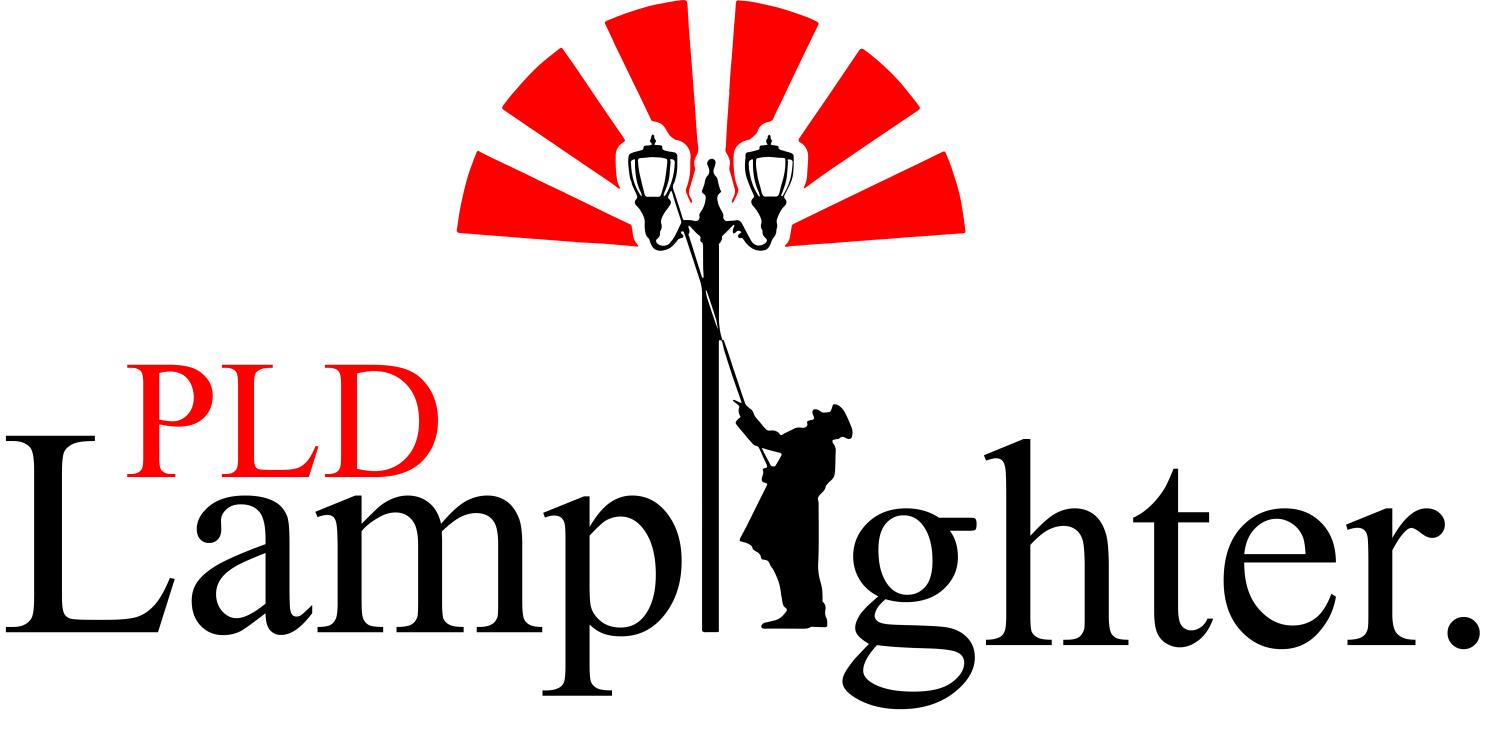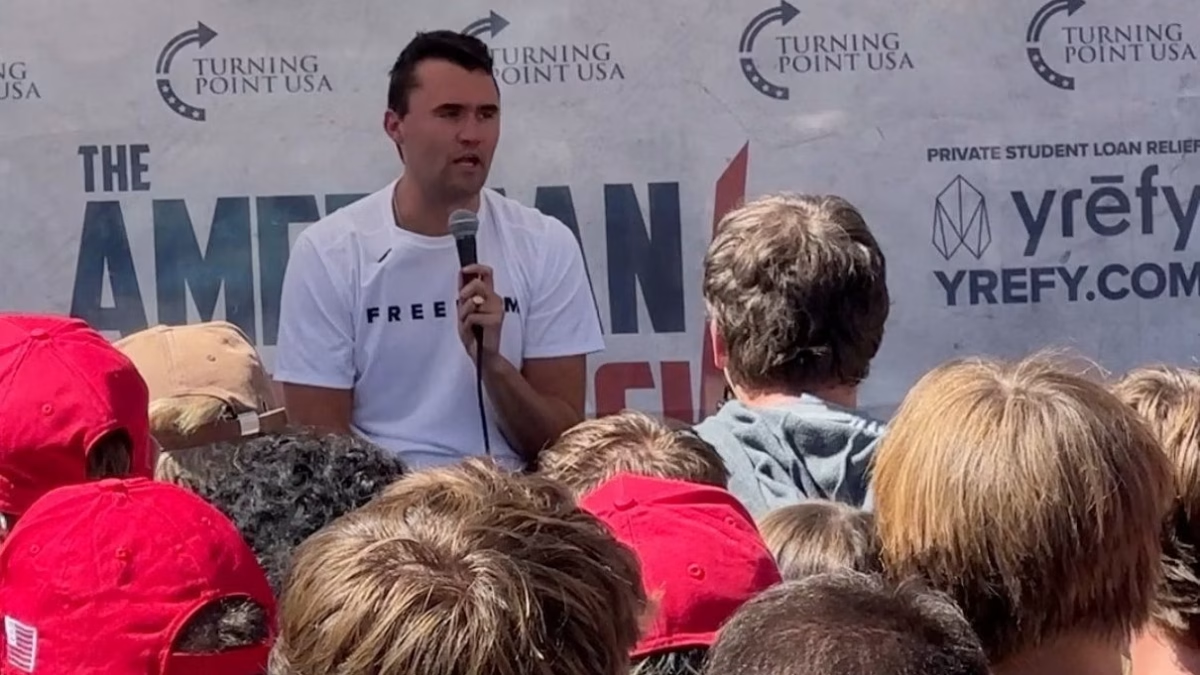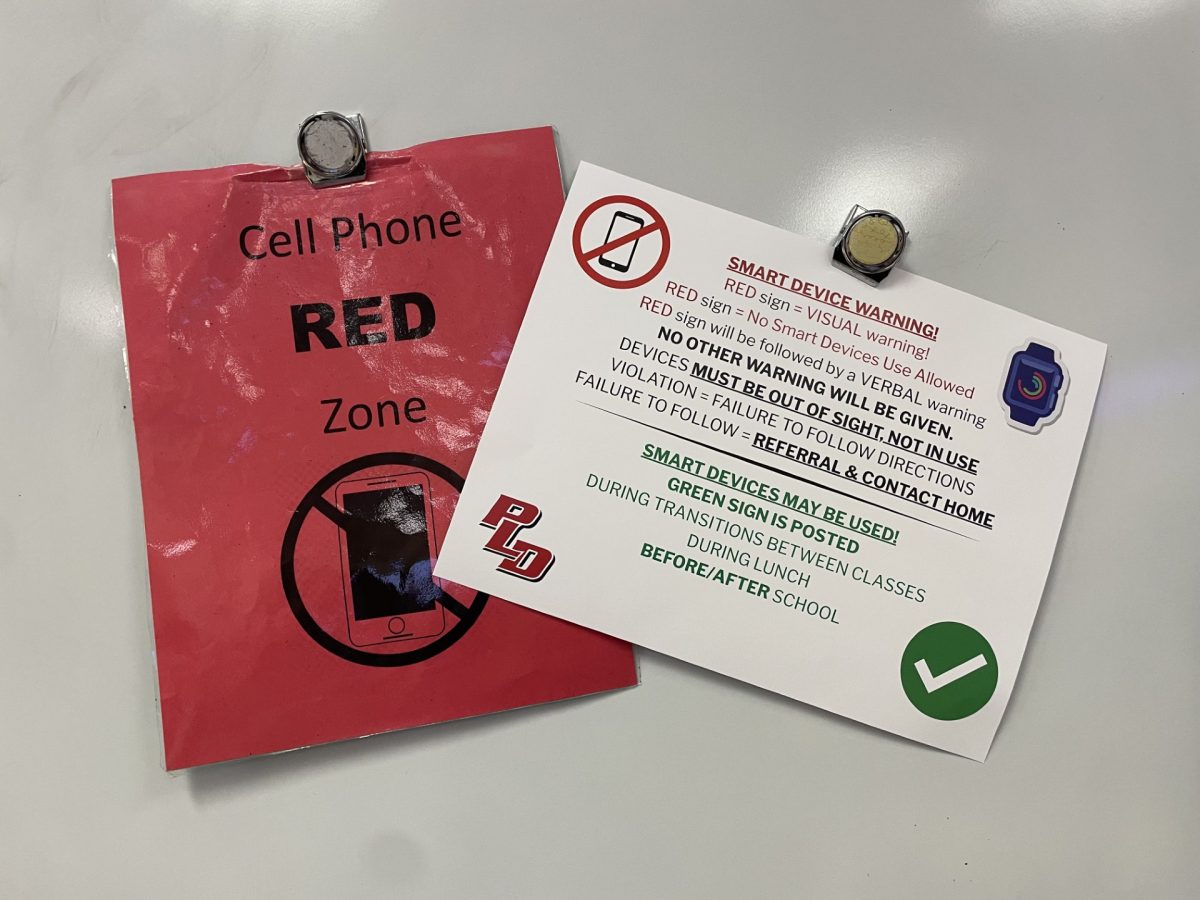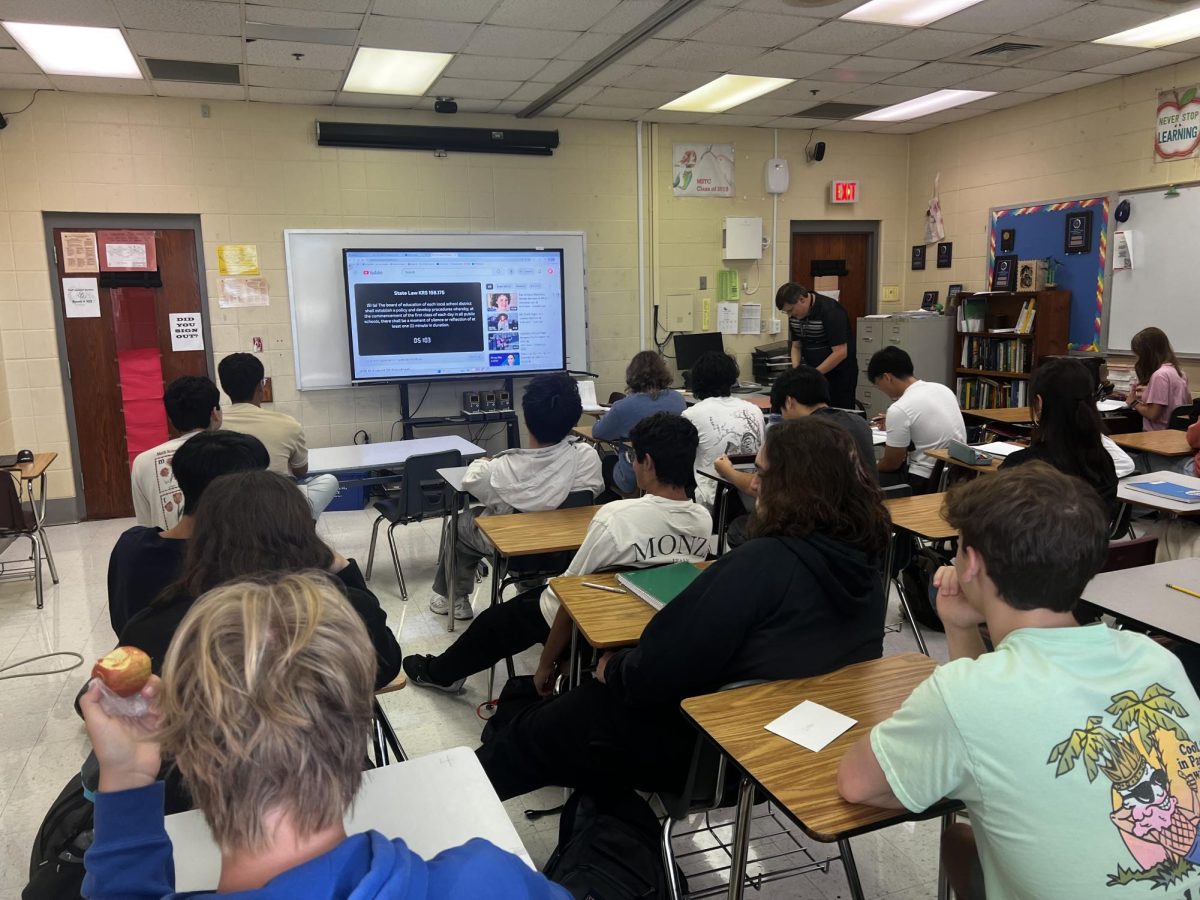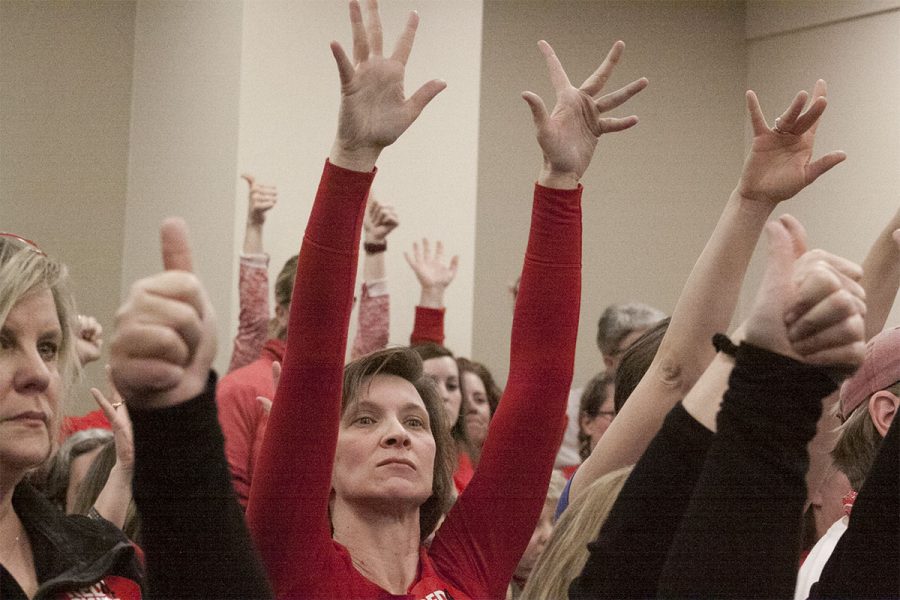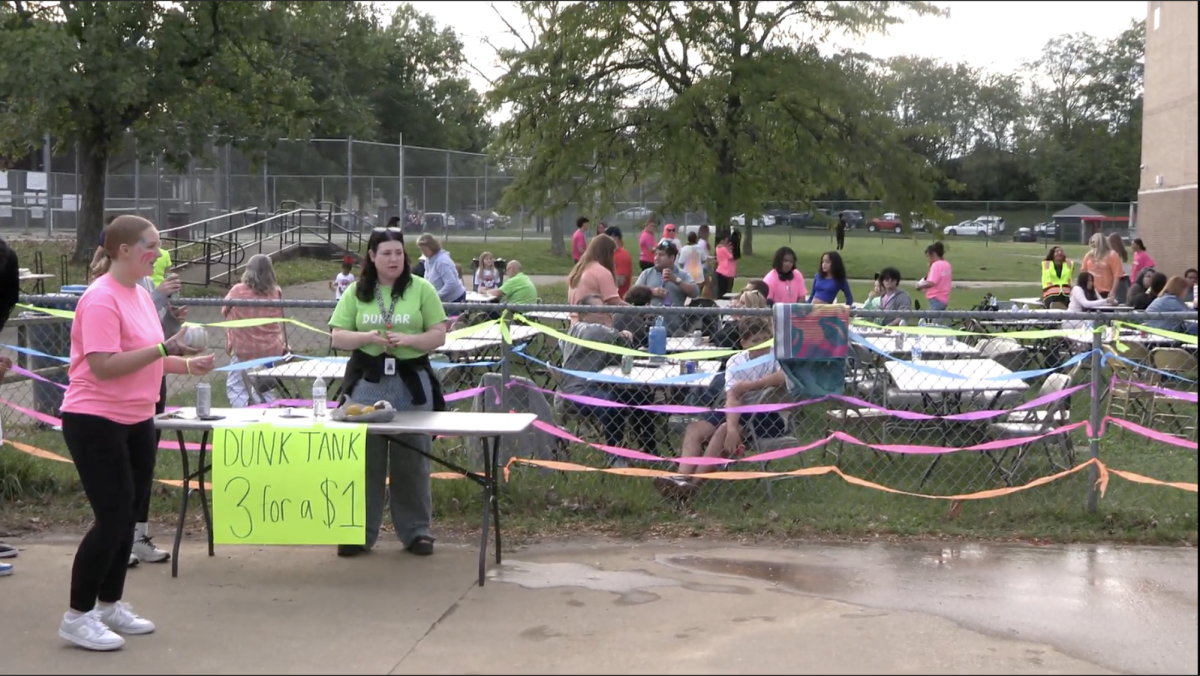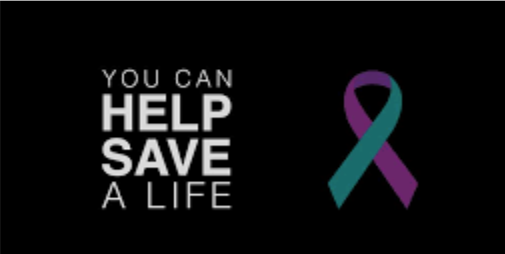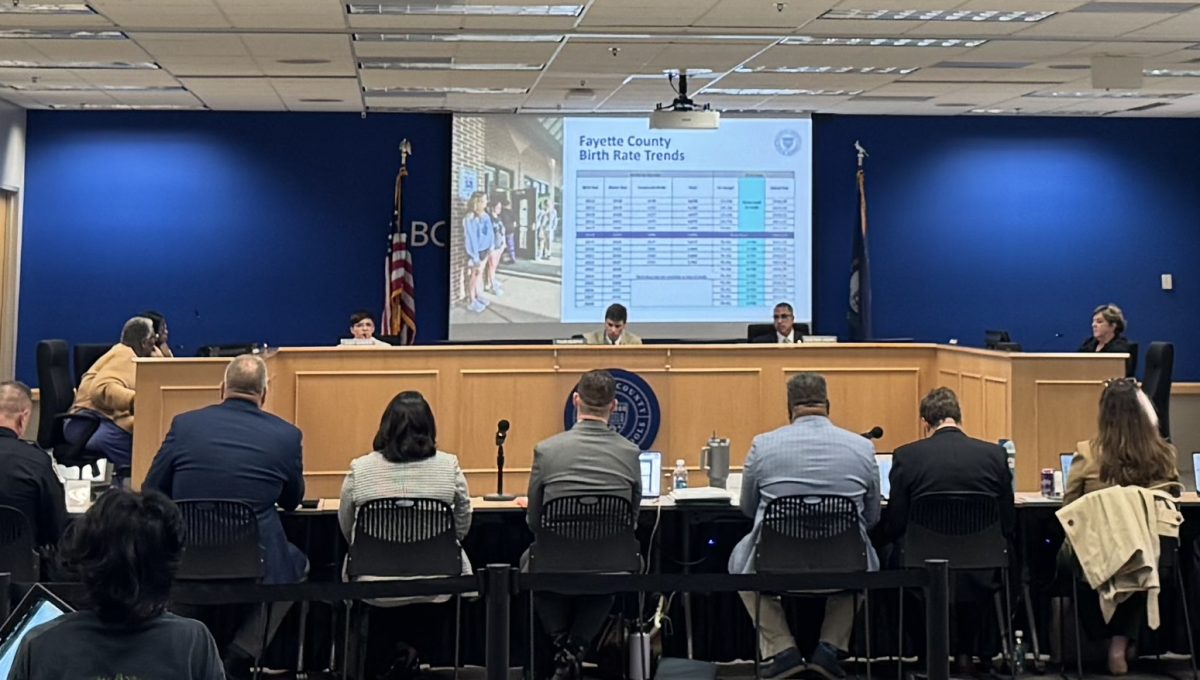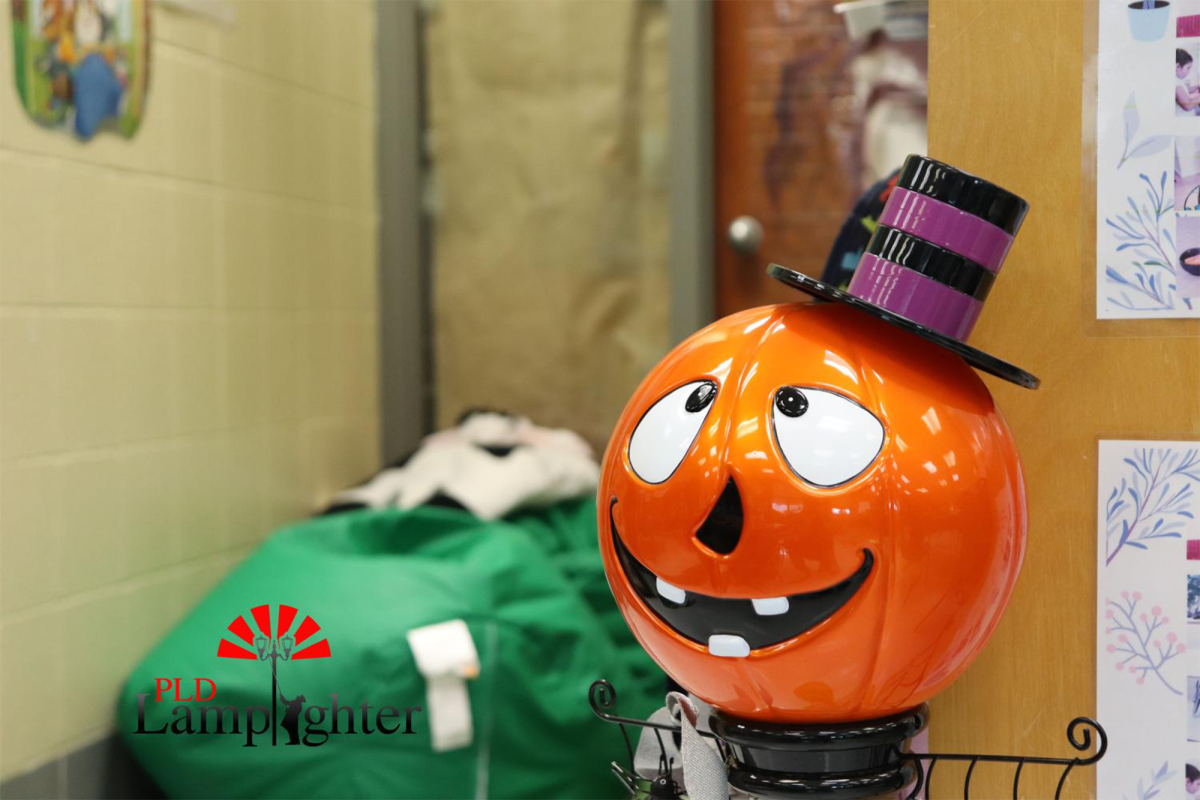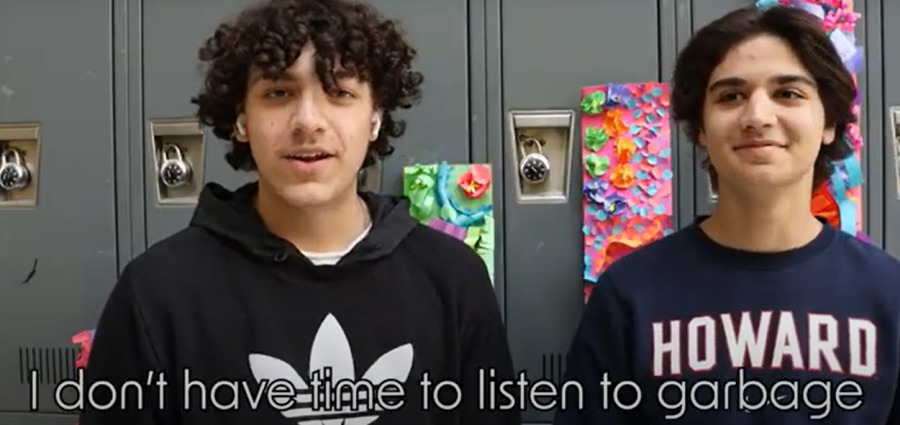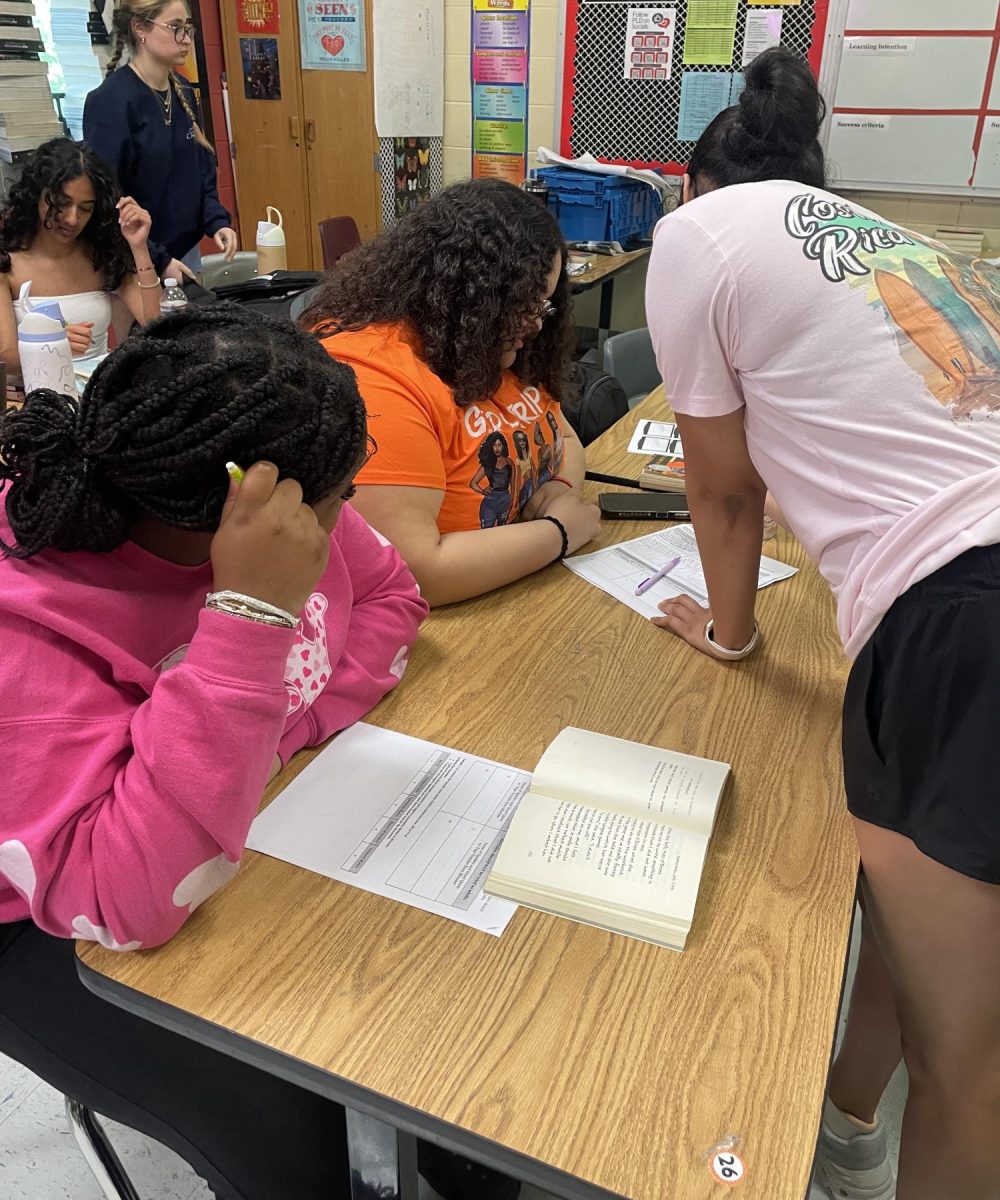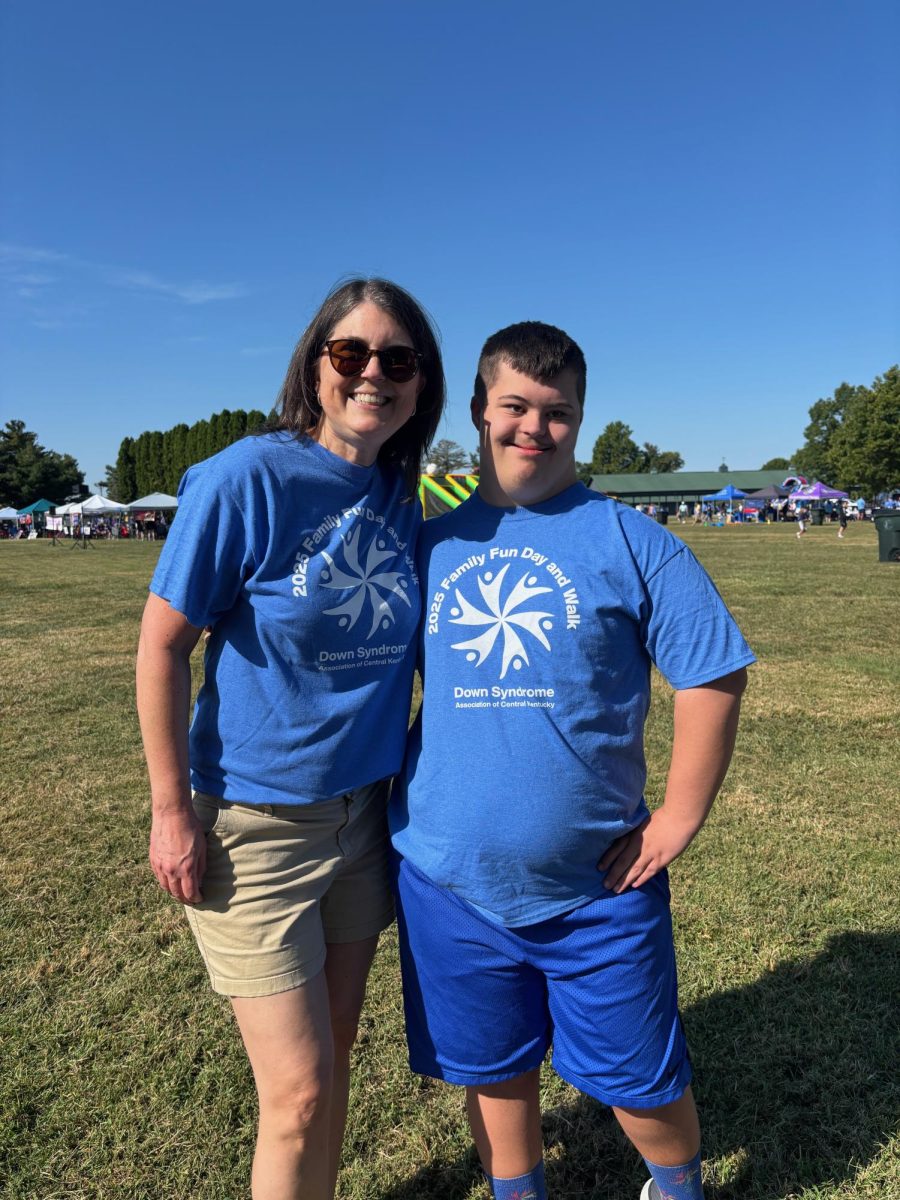Moving from middle school to high school brings a shift in both academics and expectations. Students take on greater responsibility, managing their schedules and adapting to faster-paced, more independent coursework.
The US Department of Education has reported that peer tutoring programs are associated with measurable improvements in test scores, student attitudes toward learning, and self-esteem. However, the department is currently changing, and national discussions reflect an ongoing period of uncertainty about what is considered best practice in education.
The supportive atmosphere created by peer tutors can help reduce anxiety, particularly for students who may feel intimidated or uncomfortable seeking help from teachers.
“Peer tutoring builds confidence in students by relieving anxiety, and it creates an environment of cooperation, support, and empathy,” said Mrs. Keia Scott-Newsome. “Peer tutors often help build relationships between teachers and students, making engagement more successful.”
Dunbar has created an opportunity for peer-to-peer support. Unlike traditional models, where teachers deliver instruction and students passively receive information, Dunbar’s peer tutoring initiative promotes active student-to-student interactions, which can foster collaborative learning. Students who signed up for the peer tutoring course are assigned to classes in subjects that they are confident and comfortable with, often leading small groups in class.
Junior Neha Palla believes that peer tutoring offers clear social advantages in the classroom.
“Having a peer tutor lets me ask questions more comfortably,” she said. “Asking [the peer tutor] a question is much easier than going up to the teacher.”
The peer tutoring blocks can be a good fit for everyone involved, including the teachers. Many peer tutors assist with organizing materials, simple grading, and other small tasks that give teachers more time to focus on instruction.
“I don’t know how I would have gotten through this semester without my peer tutors,” Mrs. Gertie Sercus said. “They have worked with students individually, helped lead lessons, and are always willing to help with anything I need.”
For many students, the advantages of peer tutoring go beyond mere social comfort.
Mrs. Newsome said that the addition of peer tutors in her biology classes has made it a better environment for collaboration between students.
“Having a peer tutor in a class like AP Biology is especially helpful because not only are they available when the teacher is unavailable,” junior Kishan Amin said, “but they also use their prior experiences in the class to explain concepts in a way that makes sense.”
The benefits are seen not only by the students in the class but also by the peer tutors themselves.
Junior Katie Carter, a peer tutor at Dunbar in the academic prep course, said, “Peer tutoring challenges me to explain topics in a new light and helps me understand what I am teaching on a deeper level.”
Junior Iman Hussain, who tutors for English 1, agrees.
“As a peer tutor, teaching allows me to branch out to communities at Dunbar that I naturally wouldn’t,” she said. “It increases my patience and strengthens my relationship with teachers.”
While many agree this program is successful, there are limitations.
English teacher Mrs. Colleen Burns said that while her overall experience with her peer tutors is helpful, she knows that many students are assigned as peer tutors without consideration of their abilities in both the content and the social skills needed to mentor younger students.
“We must be purposeful in their placements,” she said.
To make the program stronger, the administration has altered the requirements for students taking the course. Beginning in 2025-26, only seniors will be allowed to take a peer tutoring block to ensure the peer tutors are the most qualified.
